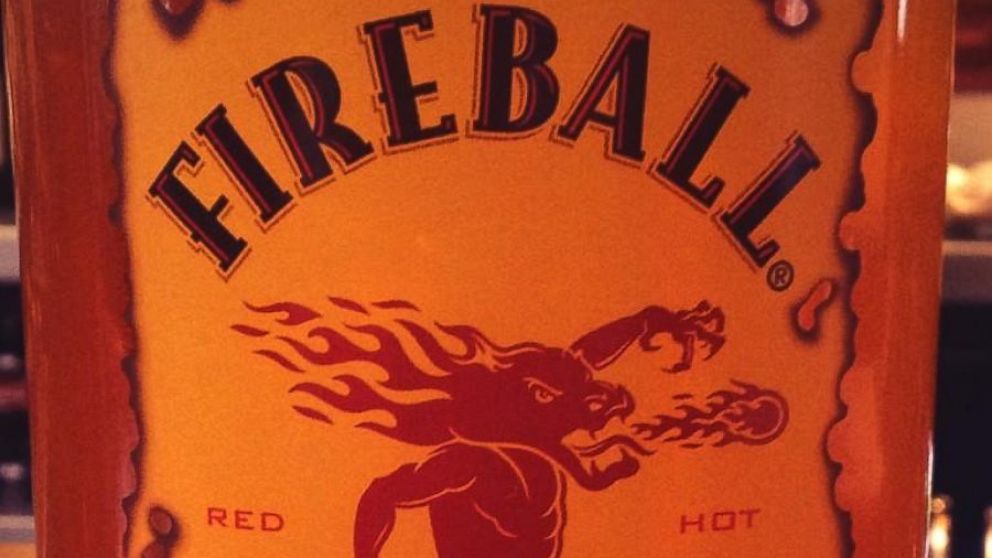How an Antifreeze Ingredient Led to a Whiskey Recall in Europe Oct 30, 2014, 4:10 PM ET
By
GILLIAN MOHNEY Gillian Mohney
More from Gillian »
Digital Reporter
via
Good Morning America

A bottle of Fireball Whisky is pictured.
@FireballWhisky/Twitter
The overseas recall of a batch of U.S. whiskey imported to three Scandinavian countries has focused new attention on an ingredient that has long been approved by the U.S. Food and Drug Administration for use in foods and beverage.
The issue arose after
Finland, Sweden and Norway asked the makers of Fireball whiskey to recall a batch of the liquor that contained a higher amount of the FDA-approved ingredient propylene glycol than is allowed under European regulations, according to a statement from Metairie, Louisiana-based Sazerac, the makers of Fireball.
While the ingredient is also used in nonedible products including antifreeze, it is considered “generally recognized as safe” by the U.S. Food and Drug Administration to be used in food and beverages.
Motoko Mukai, a principal research scientist at the Department of Food Science at Cornell University, explained that there are different kinds of antifreeze and that the antifreeze that contains propylene glycol is less toxic and more environmentally safe than antifreeze that contains ethylene glycol, which is toxic to humans.
“I saw a lot of media that it’s found in antifreeze; [propylene glycol] is found in
environmentally friendly antifreeze,” she said.
Mukai said there are limits on the amount of propylene glycol that can be used in foods and liquors, but that it would be extremely difficult to ingest too much of the chemical through food or drink.
For example, Mukai points out in liquor the chemical can make up to just 50 grams for each kilogram of liquid, or 5 percent. So, she said before a person would get sick from consuming a dangerous amount of the chemical, they would likely get sick from alcohol poisoning.
Propylene glycol toxicity has only been reported in rare and unusual circumstances including intravenous medications containing propylene glycol and with topically applied medications using the chemical, according to the U.S.
Centers for Disease Control and Prevention.
In addition to alcohol, the product is often used in small amounts ice cream, candy and seasonings, Mukai said.
Sazerac, which makes Fireball whiskey, has defended its product, saying it is “absolutely safe to drink and the use of [propylene glycol] in Fireball creates no health risk whatsoever.”
The chemical is used as a flavoring ingredient in its whiskey and is used in very small quantities, less than one-eighth of the amount allowed in the United States, the Sazerac group said.
According to a post on their website, the North American-standard batch of whiskey in question was mistakenly sent to Finland, Sweden and Norway. The company was aware the liquor did not comply with European rules requiring less propylene glycol, a flavoring ingredient.
Mukai said European regulations do not allow the same level of propylene glycol, which is why the liquor was recalled from three countries. The countries that asked for a recall permit a much lower amount of propylene glycol in their liquor products. She said it is common for companies to have different formulas for products, depending on local regulations.
The
European Union and the United States have different regulations for many chemicals used in common items, including
Bisphenol A, which is common in plastics and
phthalates, which are common in cosmetics.
Finland, Sweden and Norway have asked Sazerac to recall the alcohol and send another batch specifically formulated to adhere to European regulations, according to the company website.
An FDA representative confirmed that the ingredient is approved for use in certain foods and beverages. The chemical can be used for a variety of uses in foods including as a thickener and stabilizer and a flavor agent, according to the FDA website.










Connect With Us